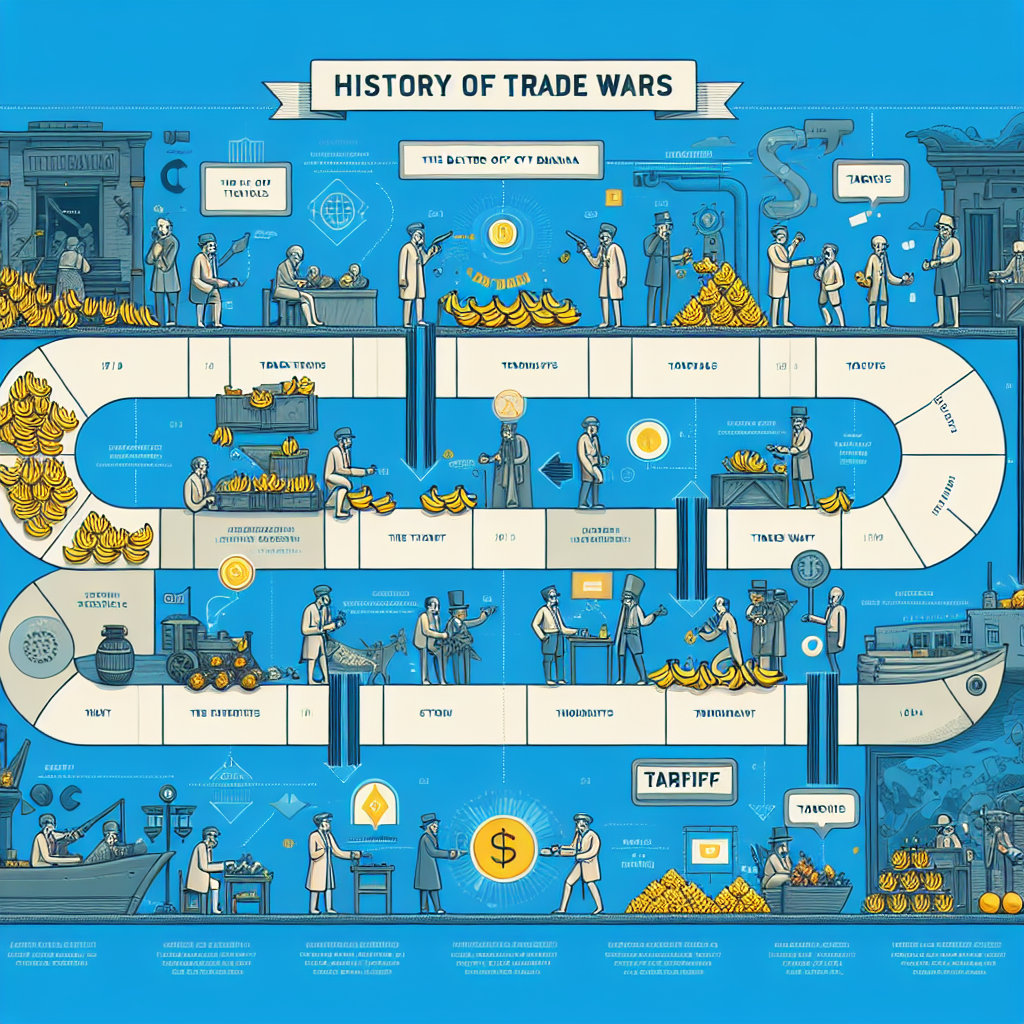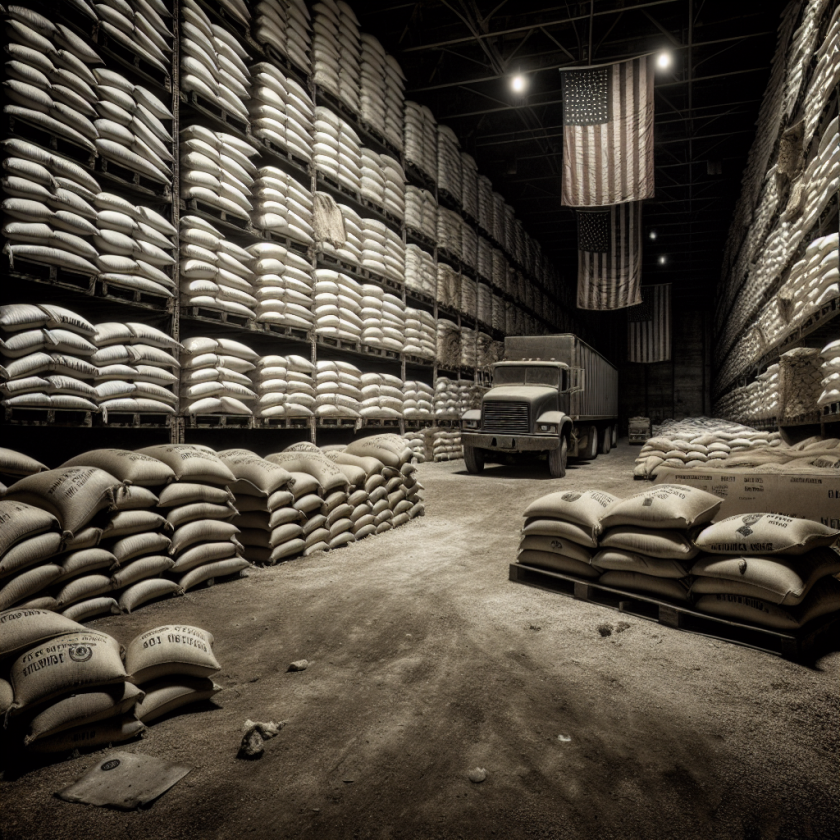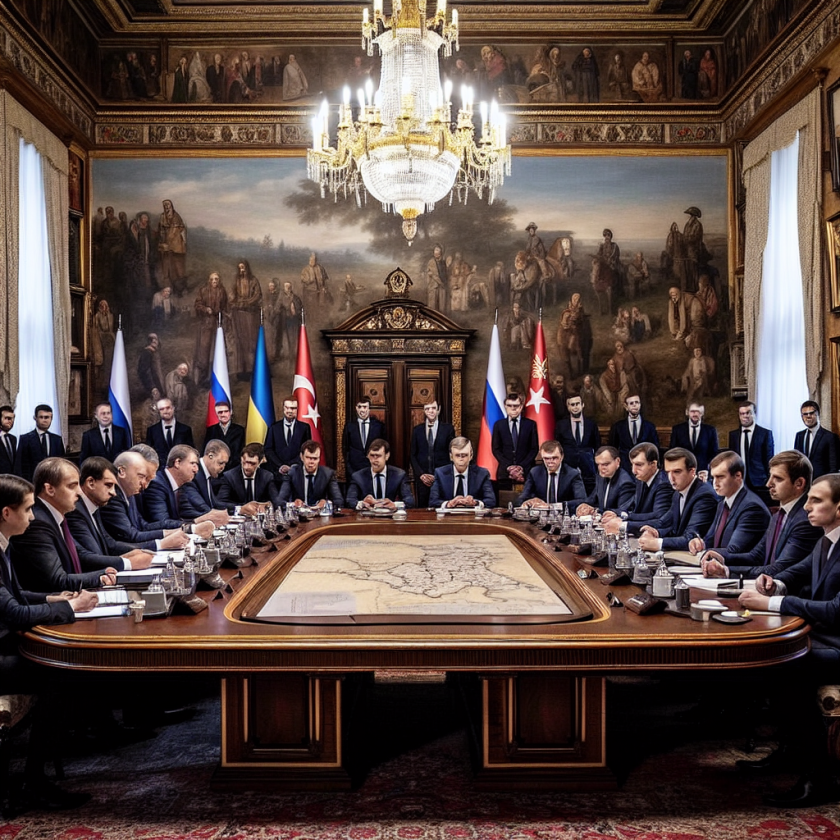From Bananas to Tariffs: A Concise History of Trade Wars
From Bananas to Tariffs: A Concise History of Trade Wars
Introduction to Trade Wars
Trade wars have been a recurring theme in global economics, often leading to significant political and economic consequences. This history explores the evolution of trade conflicts, from early disputes over bananas to modern-day tariff battles.
The Banana Wars: A Fruity Beginning
The term “Banana Wars” refers to a series of trade disputes in the late 20th century, primarily between the European Union and the United States. These conflicts arose over the EU’s preferential treatment of banana imports from former colonies, which the U.S. argued was unfair to its own producers.
- Originated in the 1990s.
- Involved major players like the EU, U.S., and Latin American countries.
- Highlighted the complexities of agricultural trade policies.
Tariffs and Trade: The Modern Era
In recent years, trade wars have escalated with the imposition of tariffs, particularly between major economies like the U.S. and China. These conflicts have had widespread implications for global trade dynamics.
- U.S.-China trade war marked by significant tariff increases.
- Impacts felt across various industries, from technology to agriculture.
- Led to shifts in global supply chains and trade alliances.
Key Insights from Trade Wars
Trade wars, while often politically motivated, have far-reaching economic impacts. They can lead to increased prices for consumers, disruptions in global supply chains, and strained international relations.
- Trade wars are often cyclical and can escalate quickly.
- They highlight the interconnectedness of global economies.
- Resolution often requires diplomatic negotiations and compromises.
Conclusion
From bananas to tariffs, the history of trade wars underscores the delicate balance of international trade relations. Understanding these conflicts is crucial for navigating the complexities of the global economy and fostering cooperative economic policies.








































